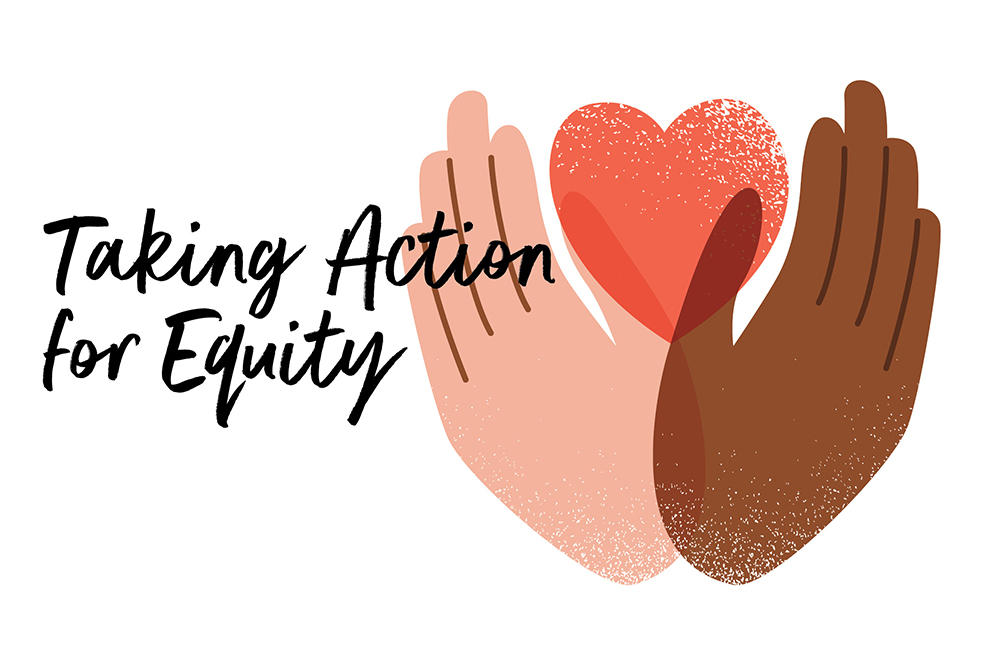Taking Action for Equity

Associate professor and department chair Bethany Coyne (BSN ’94, MSN ’99, PhD ’12) didn’t anticipate that taking part in a race and equity intensive would shift how she parents, make her ponder her white feminism’s bias, or acknowledge how educators unwittingly sprinkle microaggressions in their lectures, but it has. It has also reaffirmed to Coyne that it is work that is never finished.
“Diversity work is like CPR,” explained Coyne. “You have to practice it actively, and regularly re-certify, so that it becomes like second nature.”
Directed by the Race and Equity Center at the University of Southern California and delivered over Zoom, Coyne is one of more than three dozen nursing faculty and staff leaders who’ve taken part in the eight-week Equity Institute, part of an effort organized by the School’s Inclusion, Diversity, and Excellence Achievement initiative (IDEA) and associate dean Susan Kools. Initially convened in response to the white supremacist rallies that rocked UVA and Charlottesville in 2017, and a strategic expansion of IDEA’s work to promote cultural humility, the USC Institute’s work has, since the killing of George Floyd last year, only become more relevant and critical.
“We want our students to be prepared for what it’s really like in the clinical setting, and if we’re afraid of doing that, we’re not doing ourselves, or them, justice.”
Ryne Ackard, Clinical Simulation Learning Center director and professor
“For years, we’ve been the nursing school taking a deep dive coming to better understand how racism and white privilege are baked into all our structures and policies and practices,” explained Dean Pam Cipriano, “but being ahead of the curve also means we’ve built capacity to understand where and how accessible we are, how to take action, and make deeper changes. We’re mapping how to move from being racially and culturally well-intentioned to being competent, intentional, compassionate advocates.”
In addition to class and group work, participants in the spring cohort also gathered in small groups to assess one of the School’s routine processes—think simulation, recruitment, or curriculum development and design—through a diversity, accessibility, and equity lens.
This work “helps us reflect on who we are as learners, as instructors, and how we can make changes and adjustments,” said Kevin Tressler, an instructional designer at the School. “What kinds of tech do you use? What types of graphics do you use? What images are in your PowerPoints? Are you including everyone’s voice, or directing the conversation?”
For Ryne Ackard, who directs the Clinical Simulation Learning Center, it has underscored the need to expose students to learning scenarios and teaching tools to address bias well before their first clinical rotations, which occur second year.
“Our students are having these kinds of encounters when they’re out in the hospitals, and to have it happen and deal with it there for the first time is not ideal,” said Ackard. “We want them to be prepared for what it’s really like in the clinical setting, and if we’re afraid of doing that, we’re not doing ourselves, or them, justice.”
Participants like Dillon Kuhn, an academic learning specialist, are grateful to work side-by-side with like-minded colleagues who “share in this dedication to equity literacy and skill-building.” Tressler agrees. “To me,” he said, “it’s all about enhancing learning, and making it the most it can be.”
###
